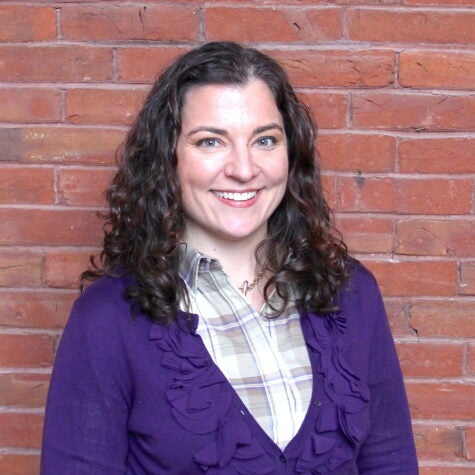DOE’s Lifeline to Transmission Siting for Renewables
On March 25, Department of Energy (DOE) Secretary Ernest Moniz announced the agency’s participation in a first-ever public-private partnership authorized by the 2005 Energy Policy Act, to enable construction of a large-scale electricity transmission infrastructure project to bring cheap wind energy to the southeast U.S.
The $2.5 billion Plains and Eastern Clean Lines (Clean Lines) project includes 705 miles of 600 kv high voltage direct current (HVDC) transmission hardware enabling 4,000 megawatts of low-cost wind energy to be transmitted from low load areas in Oklahoma and Texas, to areas of higher demand in Arkansas and Tennessee.
This type of transmission infrastructure is critically important to the deployment and integration of renewable energy onto the electrical grid. Some of the strongest and most cost effective wind resources available in the U.S. are in areas of the sparsely populated Midwest plains. Currently, lack of sufficient transmission infrastructure constrains the ability to move this wind power to densely populated areas where electricity demand is high. Lack of transmission capacity also makes the grid inflexible to renewable resources with variable output – like wind and solar – reducing the ability to balance supply and demand, resulting in renewables being locked out (i.e. curtailed) from the grid system.
As an interesting side note, China has been experiencing the same problems, as their wind and solar capacity is rapidly growing in remote regions far from load centers, resulting in wind curtailments of up to 34% in certain areas. China has or is building 17 ultra-high voltage long distance transmission lines to bring these renewable resources onto the grid and has also ordered transmission companies to provide grid connectivity for renewables.
Interstate transmission projects are expensive – and in the U.S. – hard to site because of local opposition and the need to secure multi-state approvals before construction. The Clean Line project aims to overcome these obstacles in two ways.
The project will use HVDC technology, as opposed to alternating current (AC). Per unit of capacity, HVDC lines generally cost less than AC lines – especially as distances increase – and may also require a smaller per-tower footprint on the land.
But, what makes this project really unique is the partnership with DOE that neutralizes state opposition.
Section 1222 of the 2005 Energy Policy Act allows DOE – via the Western Area Power Administration (WAPA) or the Southwestern Power Administration (SPA) – to partner with other entities to develop, construct, operate or own projects to upgrade or build new transmission infrastructure under certain conditions. The Clean Lines project partnership was the result of a June 2010 RFP issued by DOE, intended to promote electric transmission builds through Section 1222 authority.
Section 1222 allows for contributions from private entities, the federal government and ratepayers to support the infrastructure development. However, Clean Lines maintains the project is 100% privately funded, thus hinging the value of DOE’s involvement on the federal government’s ability to overcome state opposition to the project’s construction through eminent domain.
After securing support in other states, the Clean Line project ran into a major roadblock in Arkansas, when the state’s utility commission rejected the project’s application to gain public utility status – a designation that would facilitate siting.
In response to DOE’s announcement, a delegation of Arkansas’ federal legislators issued a statement objecting to DOE’s actions as “unprecedented executive overreach.” No doubt, the project will face legal challenges as it attempts to begin construction in 2017, aiming for completion in 2020. Arkansas’s U.S. Senator even introduced federal legislation requiring DOE seek the state’s permission before exercising eminent domain.
The untested Section 1222 authority is narrowly applicable to the WAPA and SPA territories, but could be broadly impactful – if successful and replicable – because there is so much renewable resource in these areas.
Clean Line is planning four other projects in the WAPA and SPA territories, as are other developers.
